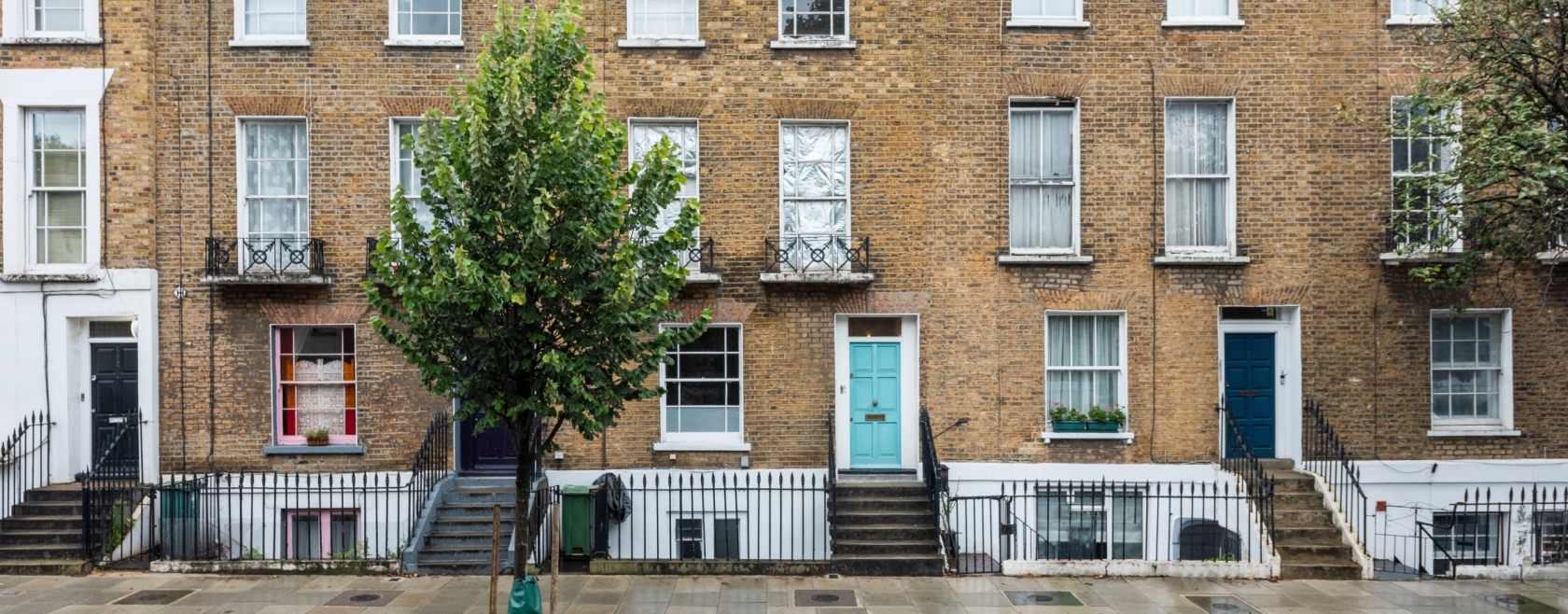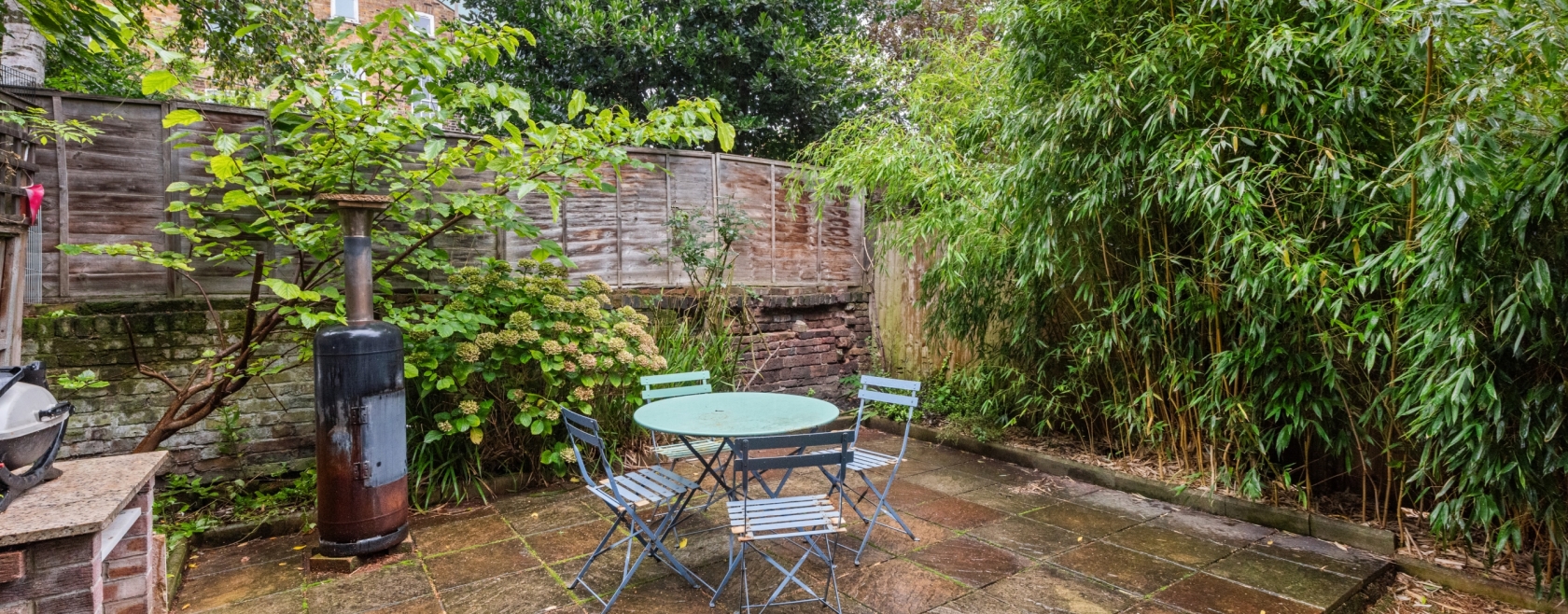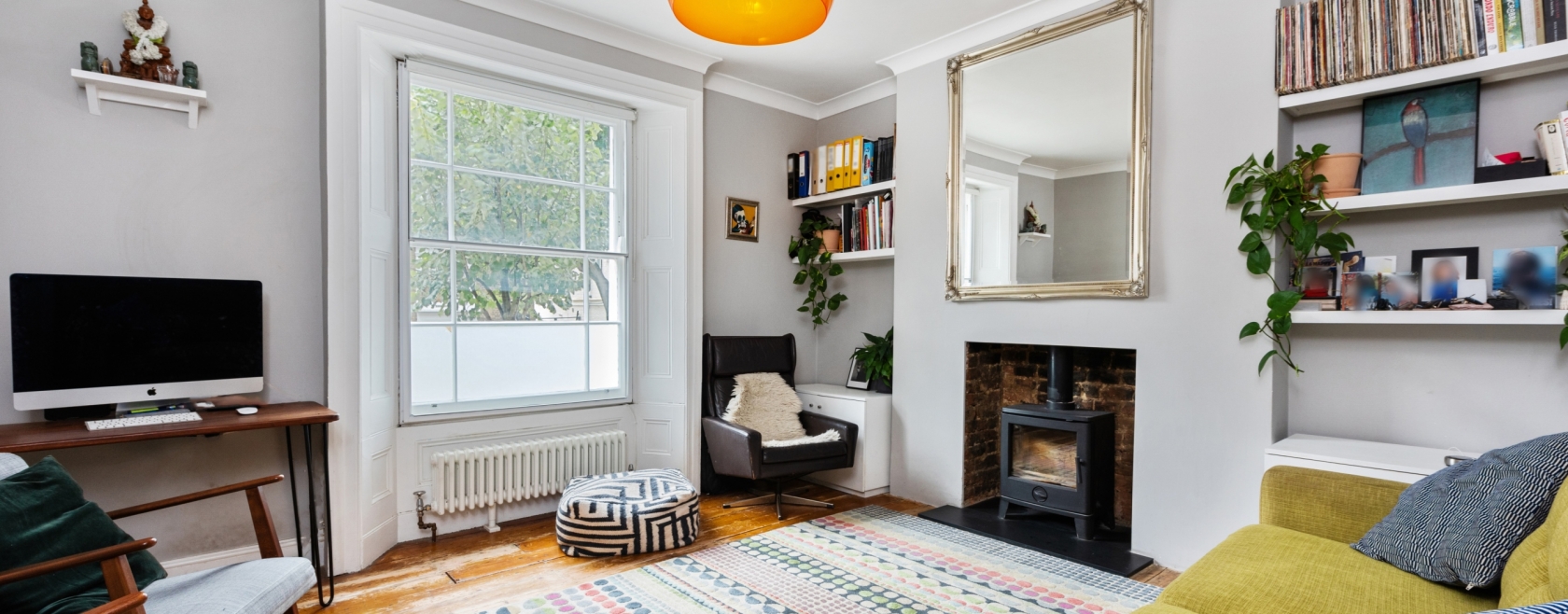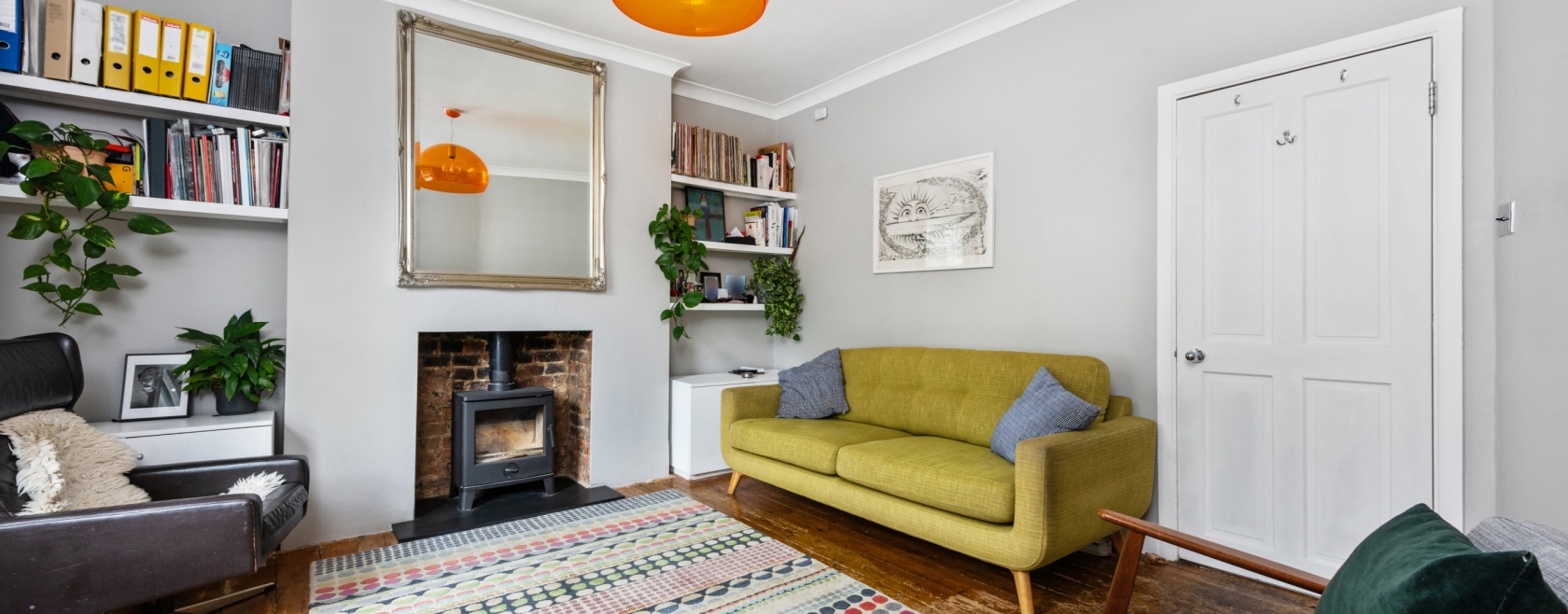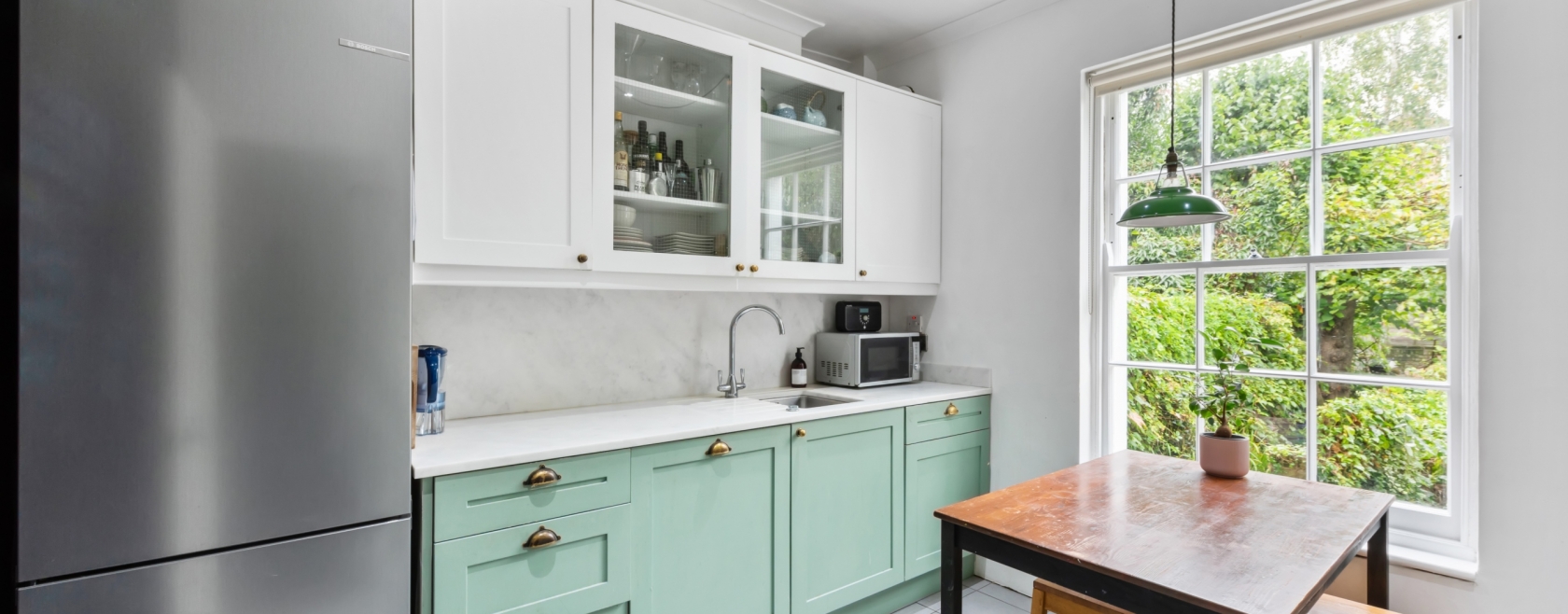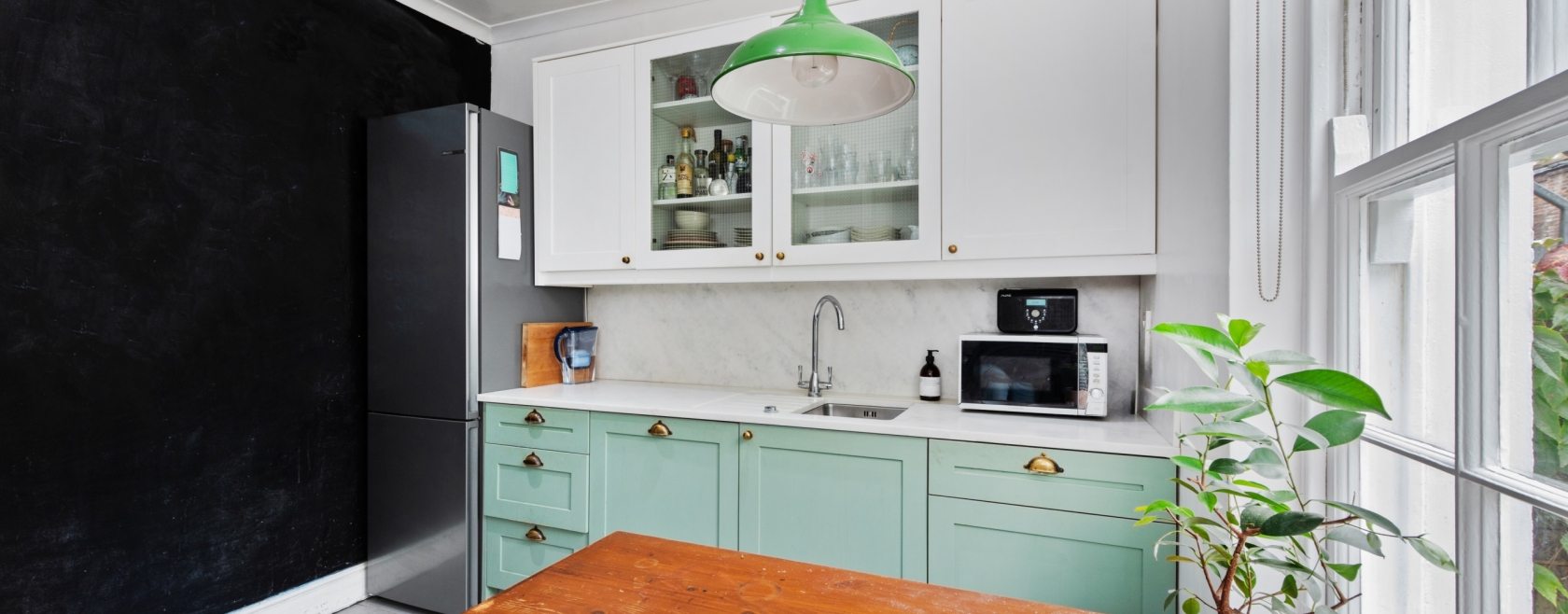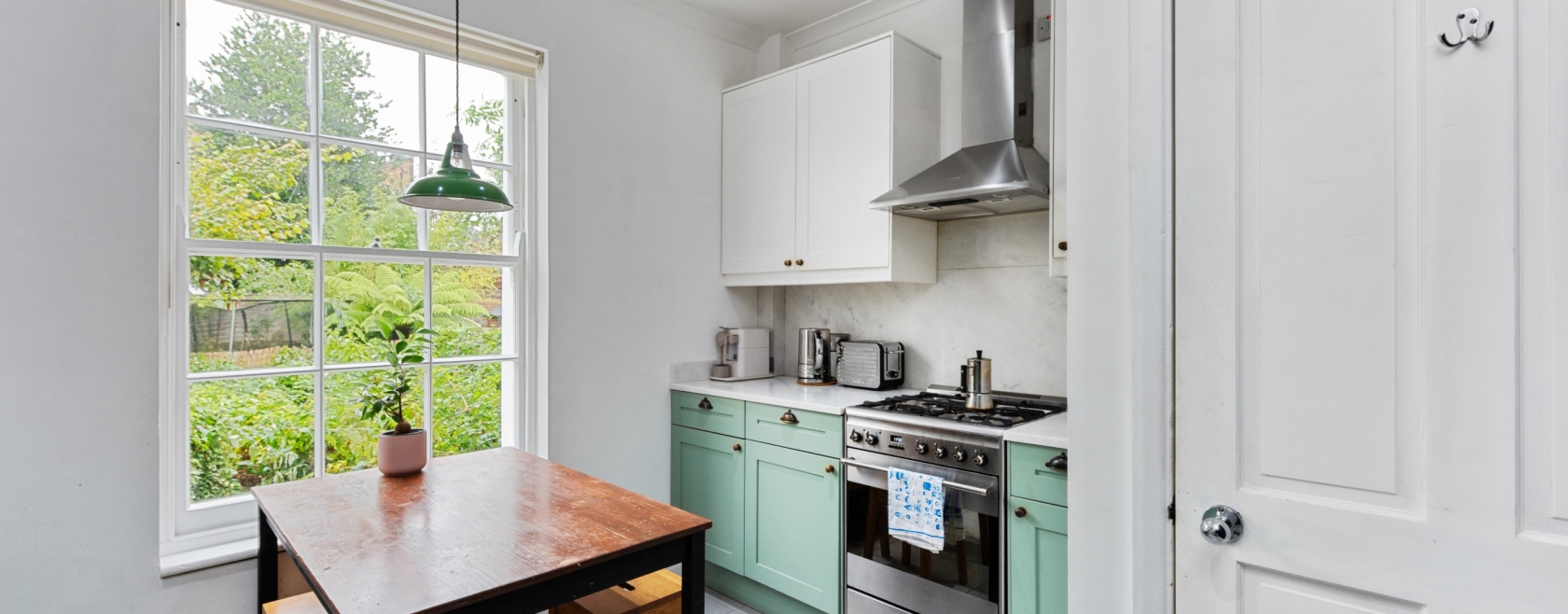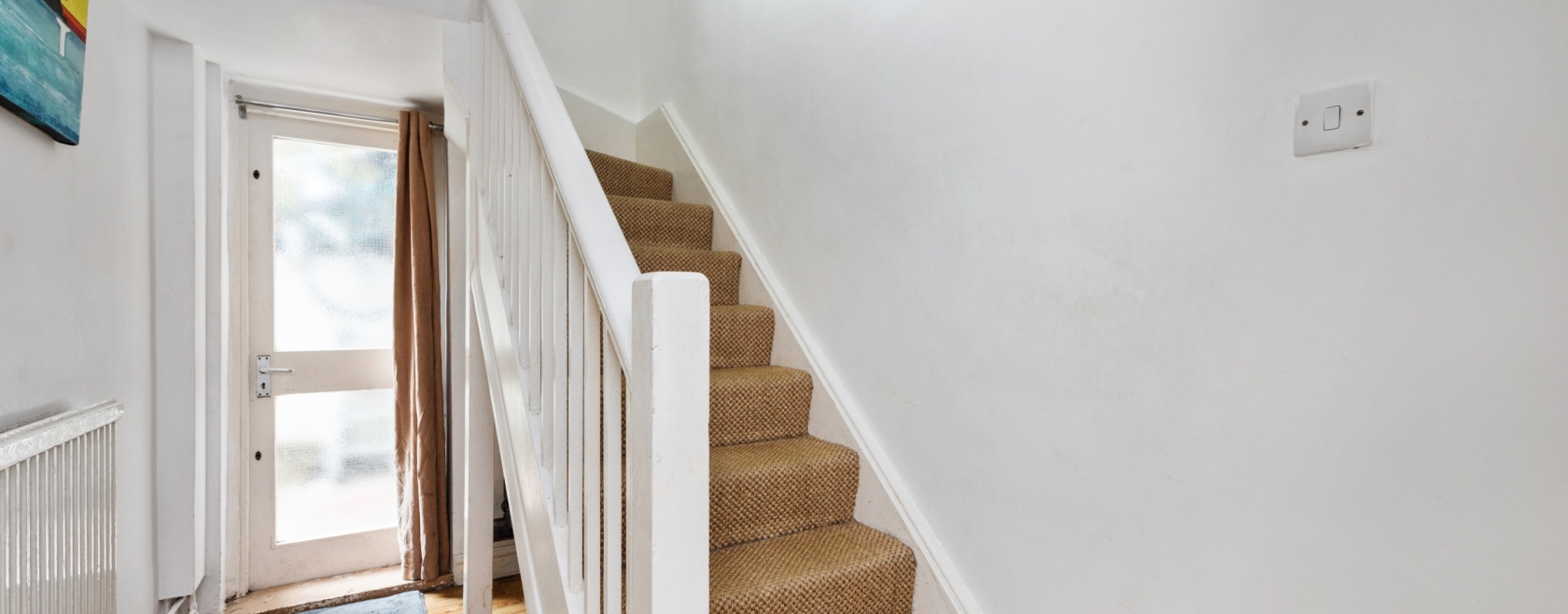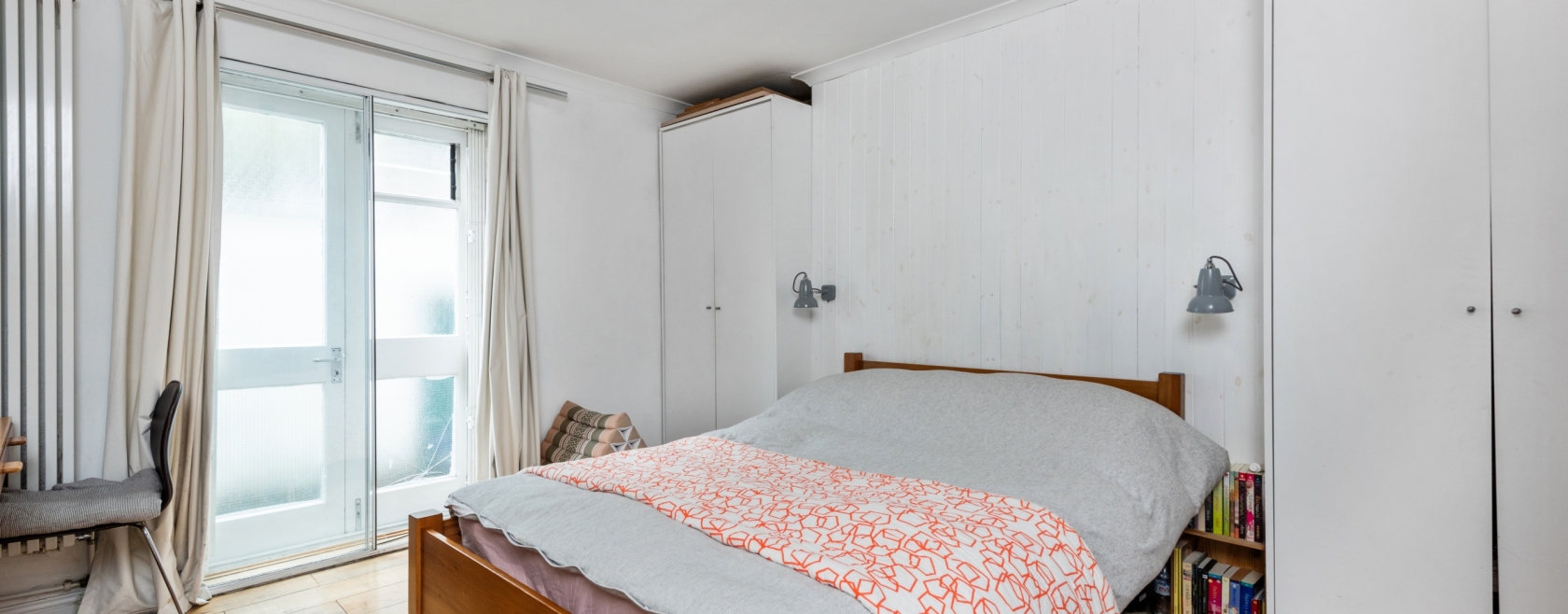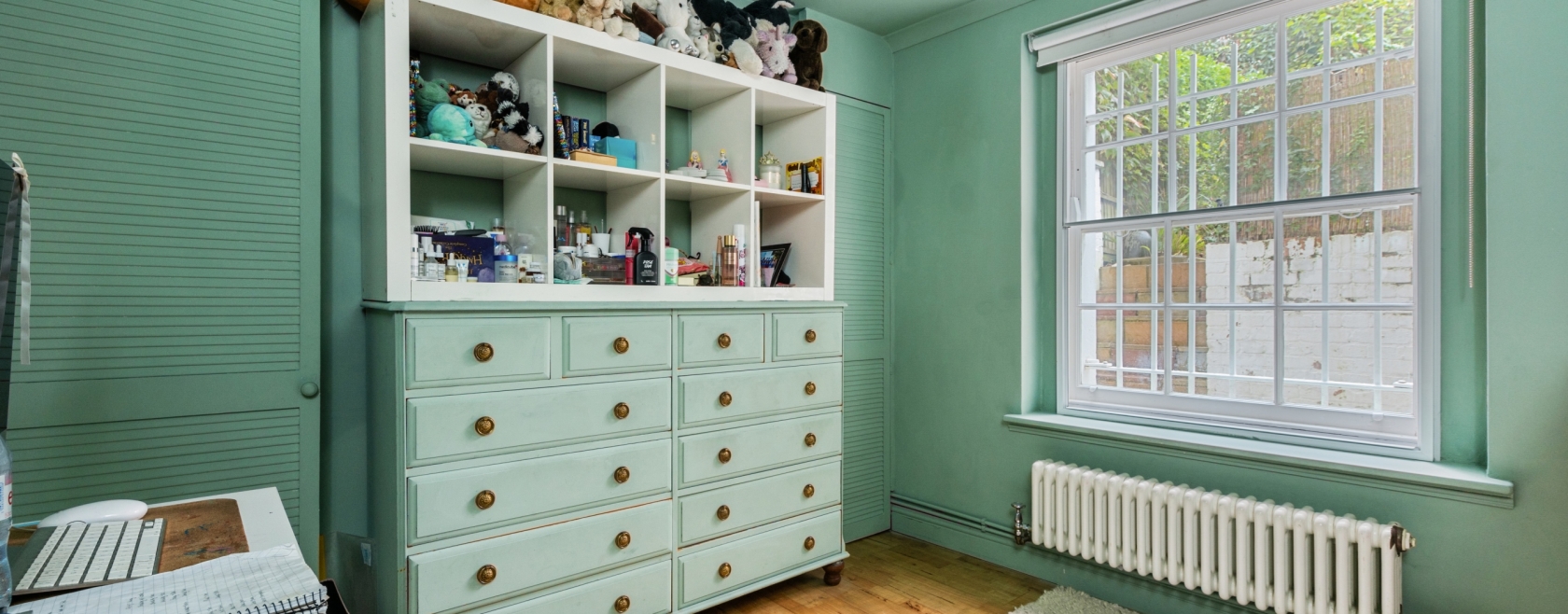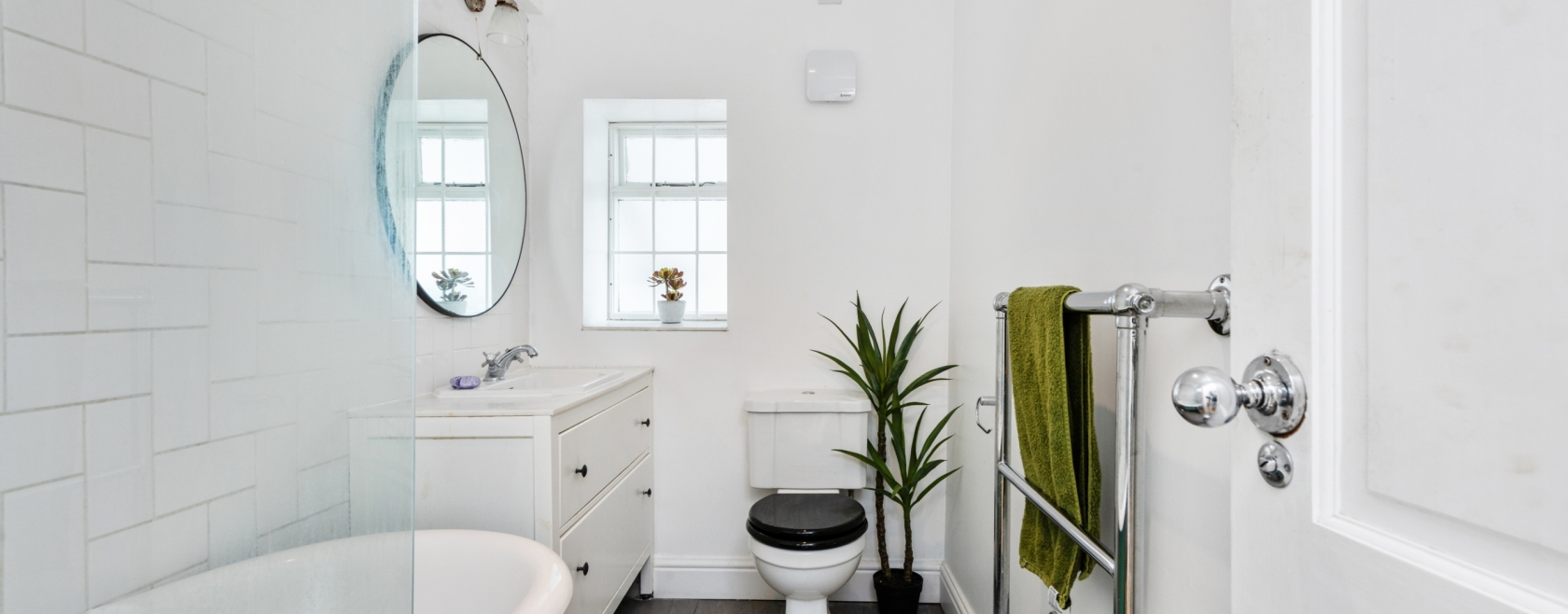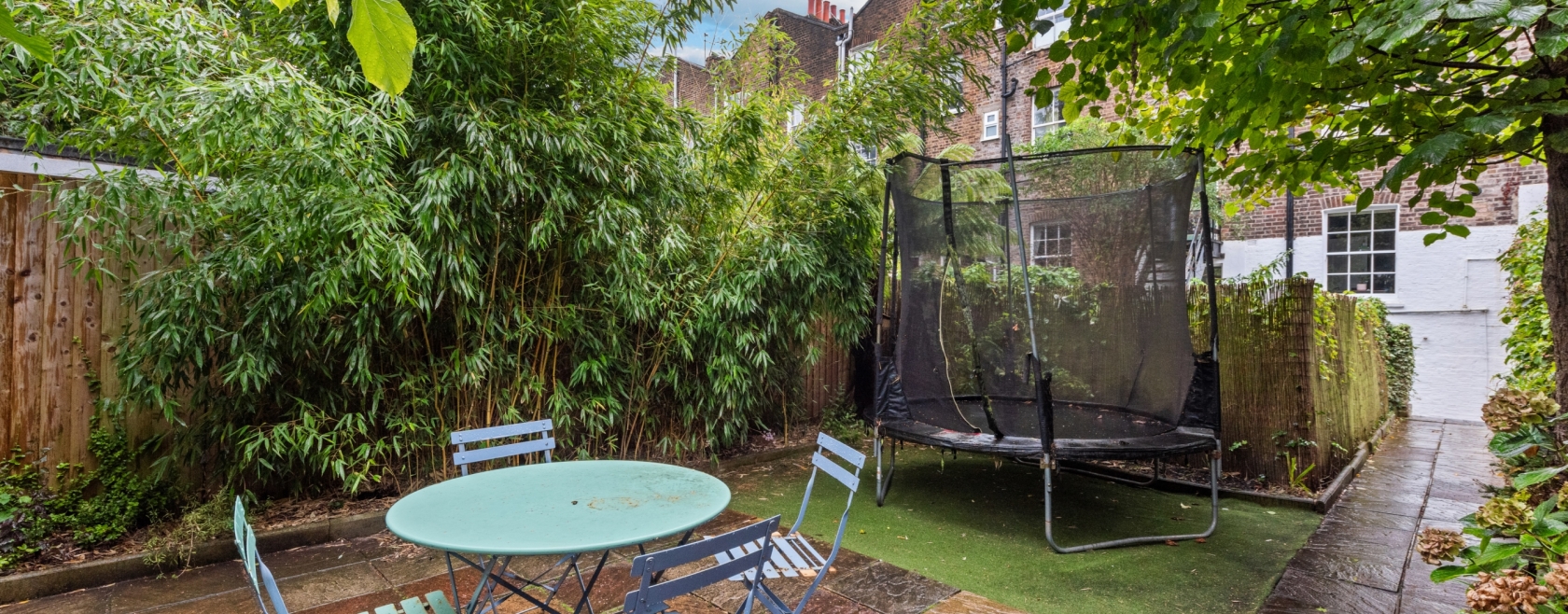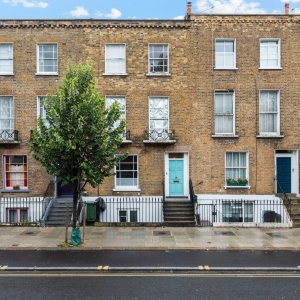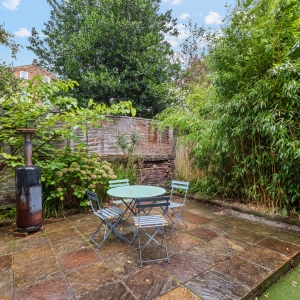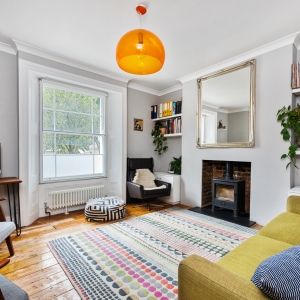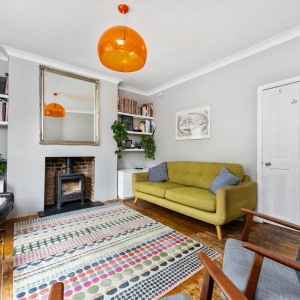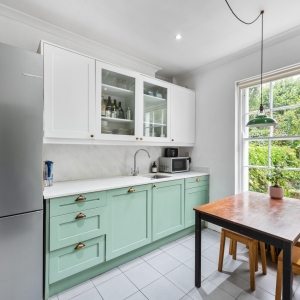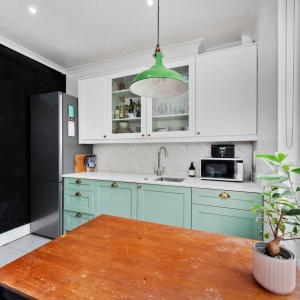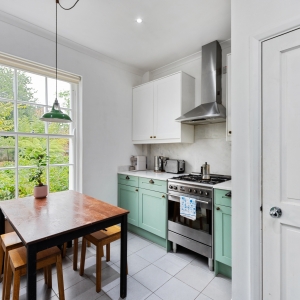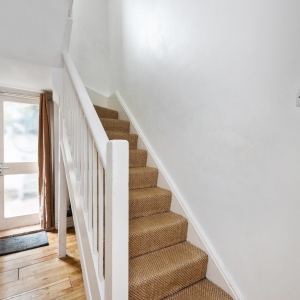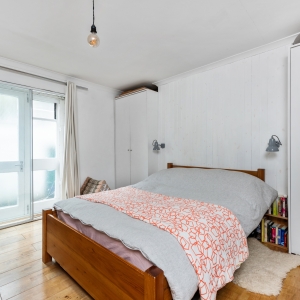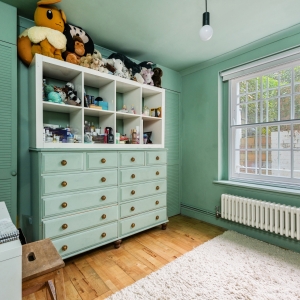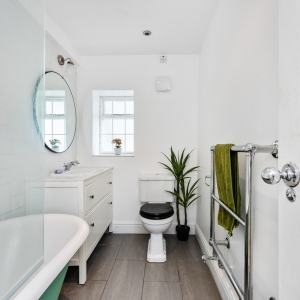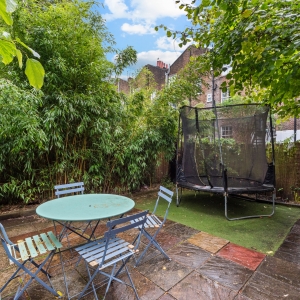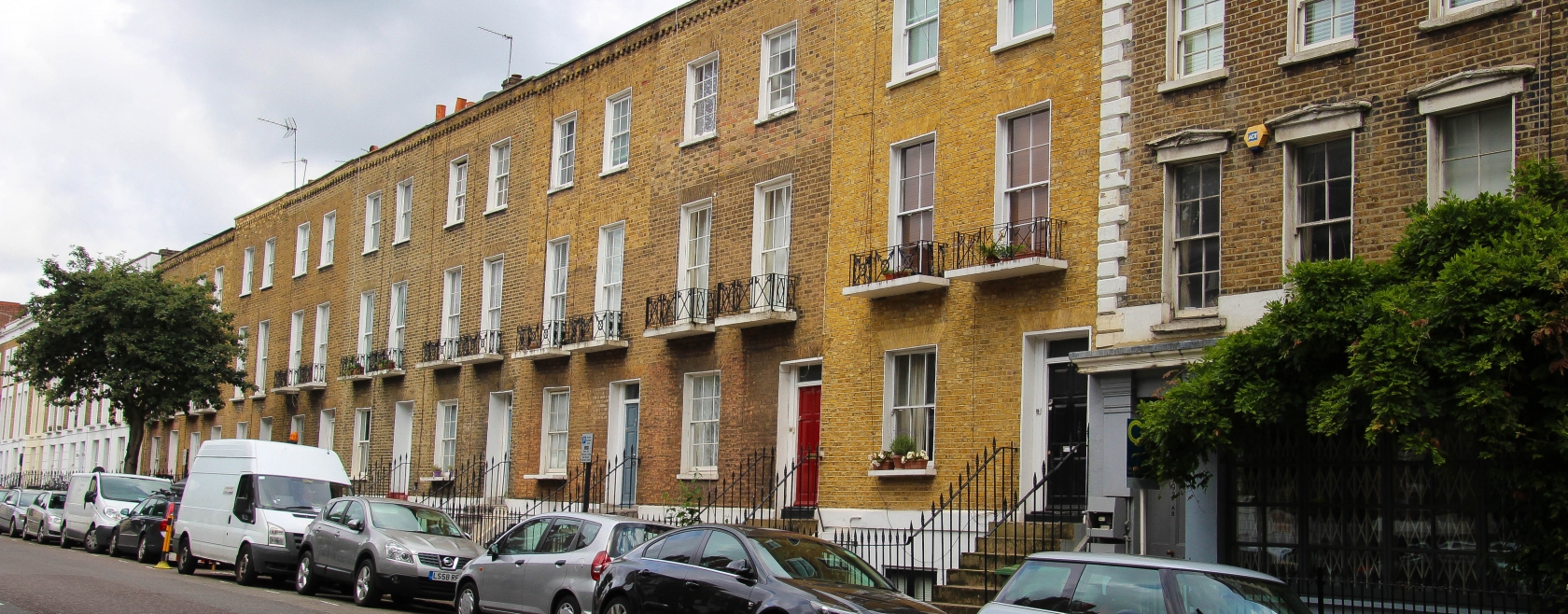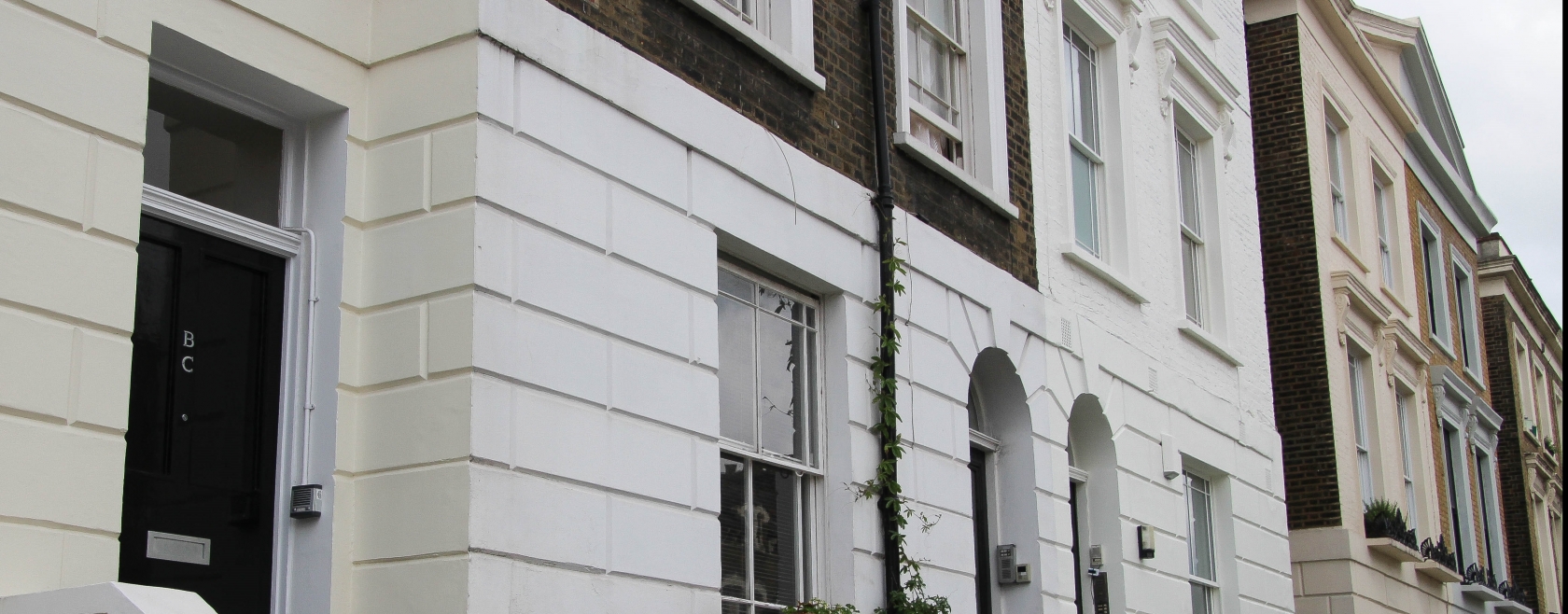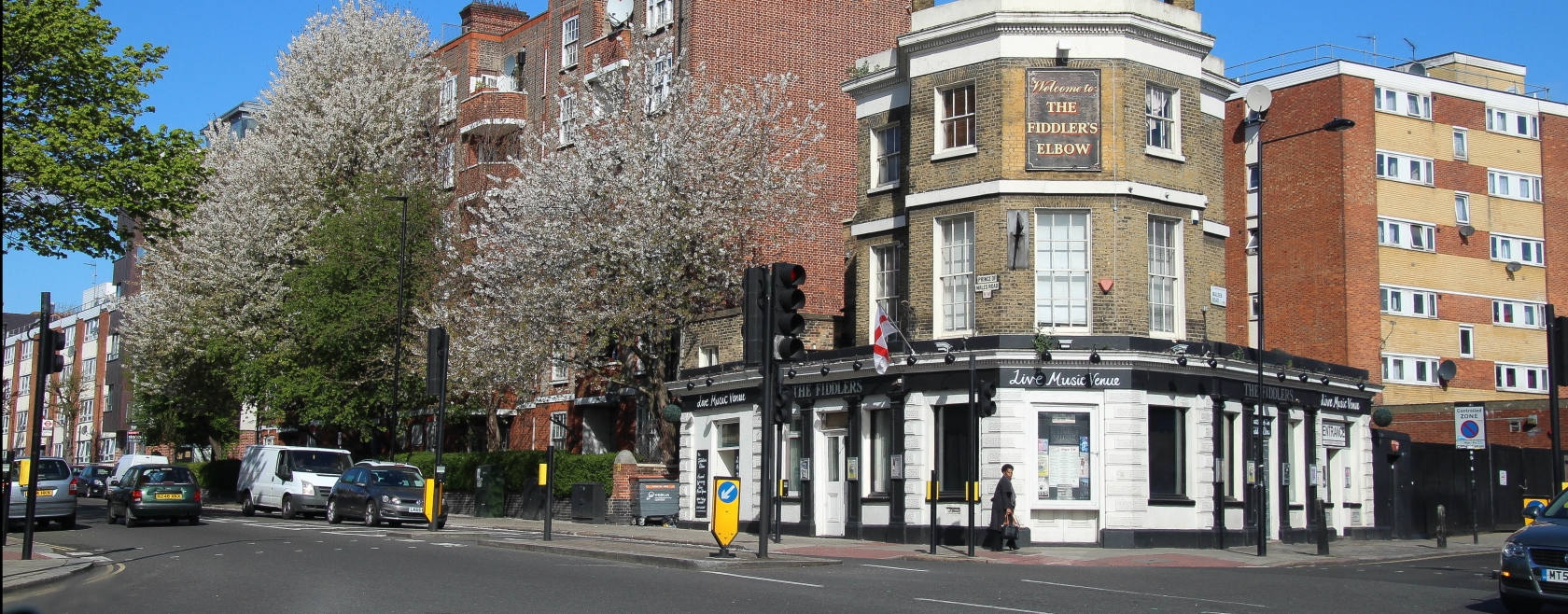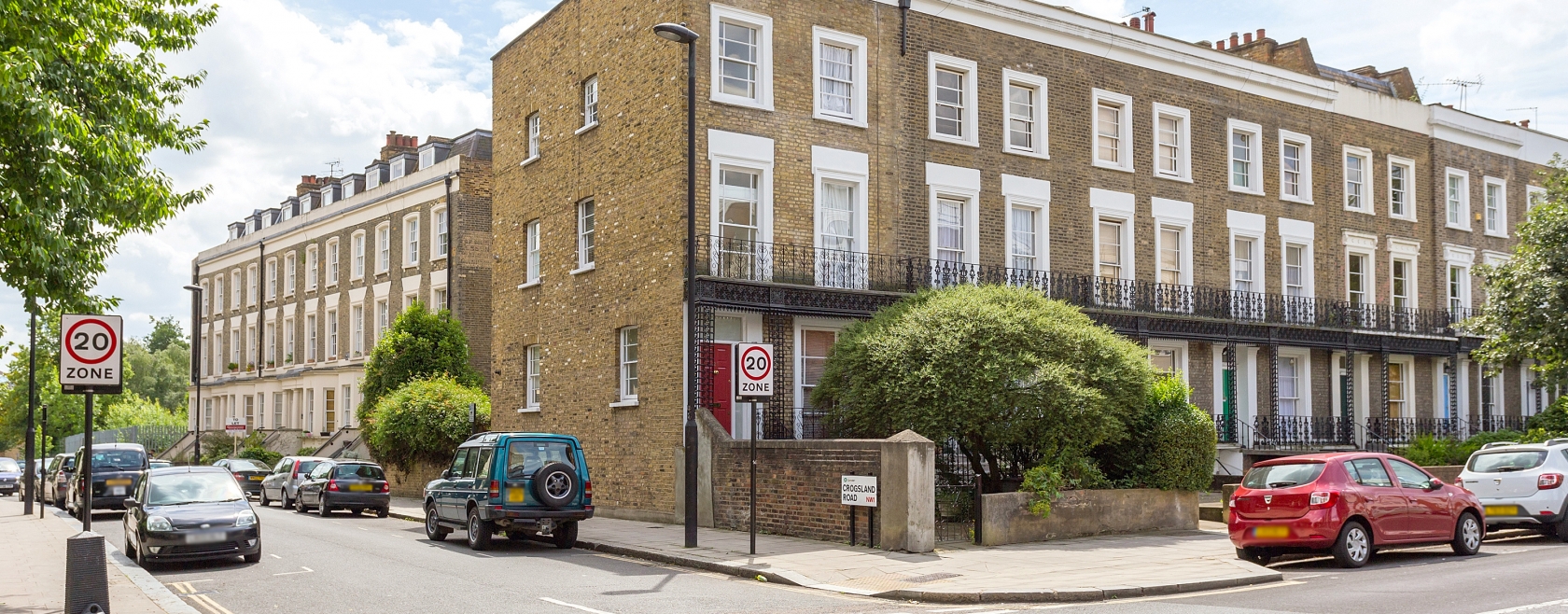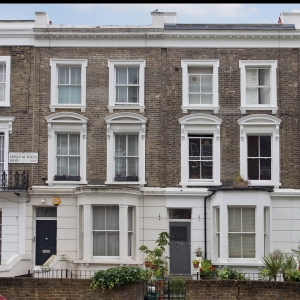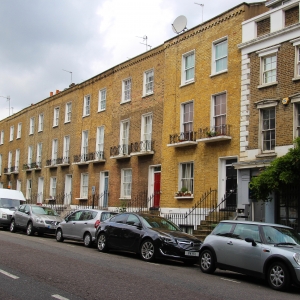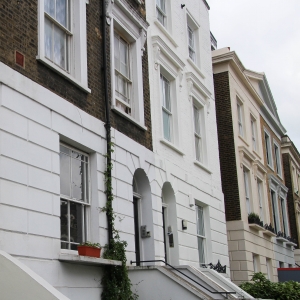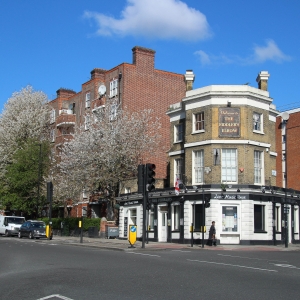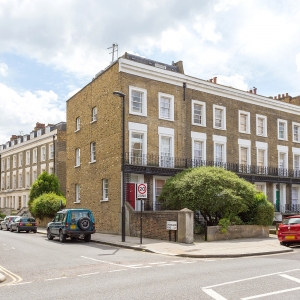Prince of Wales Road, Chalk Farm, NW5
£725,000
A bright and spacious garden maisonette with high ceilings, tall sash windows, a large eat-in kitchen and two double bedrooms. Ideally located in Prince of Wales Road, on the southern edge of West Kentish Town Conservation Area and within walking distance of Chalk Farm, Belsize Park, Camden Town and the wide open spaces of Primrose Hill and Hampsted Heath. Conveniently located close to multiple transport links, West Kentish Town overground and Chalk Farm (Northern line) Tube plus multiple bus routes.
The flat has been decorated and maintained to a high standard with many period features retained. Private rear garden. Gas centrally heated.
Living Room 13'10" x 13' Tall sash window. Period features
Kitchen-diner 11'2" x 10' Ample dining space. Tall sash window
Bedroom 12'9" x 12'2" Double doors to front patio
Bedroom 12'3" x 9'5" Two fitted cupboards. Sash window
Bathroom 8'11" x 5'3" White suite. Casement window
Garden 27' x 20'4" Plus rear patio 18'3" x 5'8"
Front Patio 18'3" x 5'4" Accessed from bedroom
Tenure: Leasehold 94 years
Ground rent: £10 p.a.
Service charge: £775 p.a. Includes buildings insurance
Council tax: Band D (Camden Borough)
EPC Band C
The flat has been decorated and maintained to a high standard with many period features retained. Private rear garden. Gas centrally heated.
Living Room 13'10" x 13' Tall sash window. Period features
Kitchen-diner 11'2" x 10' Ample dining space. Tall sash window
Bedroom 12'9" x 12'2" Double doors to front patio
Bedroom 12'3" x 9'5" Two fitted cupboards. Sash window
Bathroom 8'11" x 5'3" White suite. Casement window
Garden 27' x 20'4" Plus rear patio 18'3" x 5'8"
Front Patio 18'3" x 5'4" Accessed from bedroom
Tenure: Leasehold 94 years
Ground rent: £10 p.a.
Service charge: £775 p.a. Includes buildings insurance
Council tax: Band D (Camden Borough)
EPC Band C
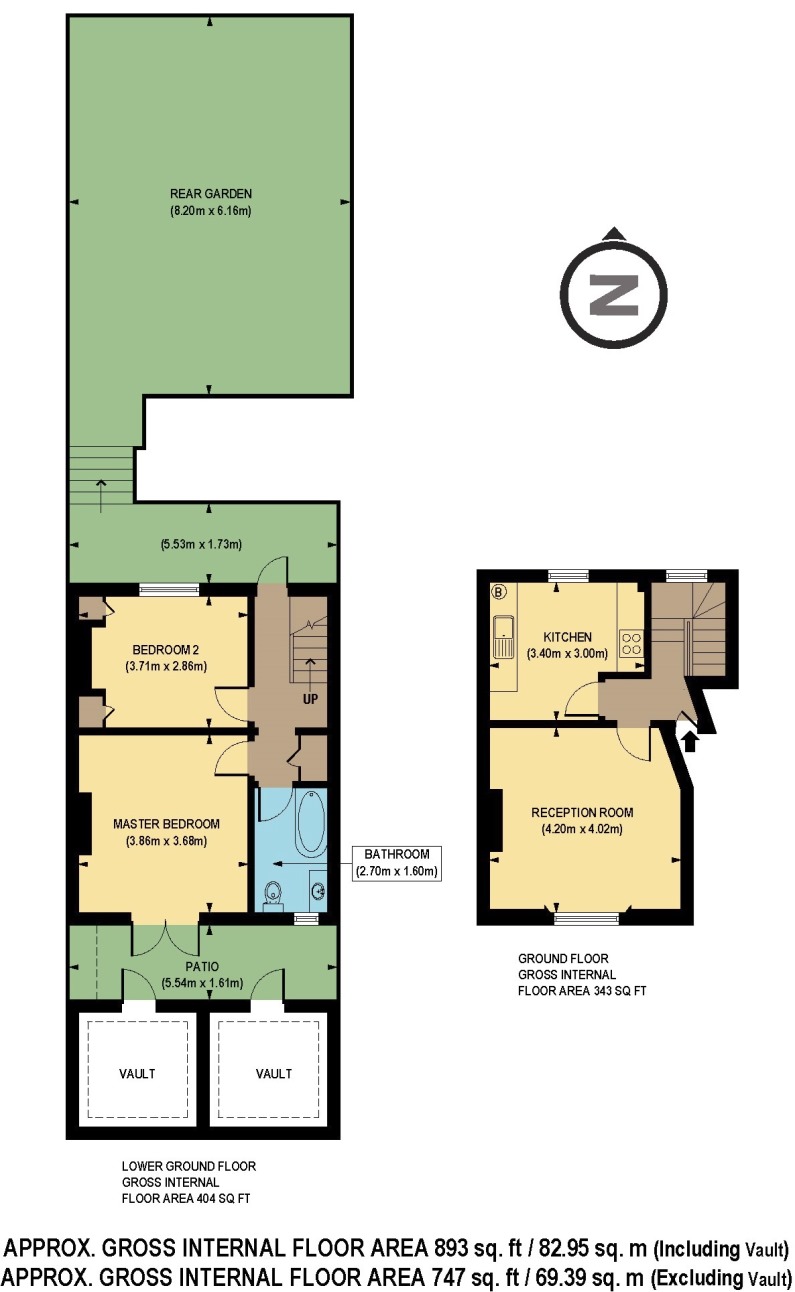
PROPERTY LOCATION
STREET INFO
A common name for a road in 1841 since the birth of the Prince of Wales, the future Edward VII.
Prince of Wales Road runs roughly east to west from Kentish Town Road NW1 to Haverstock Hill. It's a long main road separating postcodes NW1 and NW5. The roads to the south are considered part of Camden Town. Prince of Wales itself is considered to be in Kentish Town as it is the first road within postcode NW5.
Styles of architecture swap and change from section to section but it's mostly Victorian. Many of these houses are rather grand and a whole variety of trees line each side of the street, such as whitebeam, ash, birch, Norway maple, cherry and plane.
Framing the entrance at Kentish Town Road, the University of North London complex, built in 1929, has been converted in recent years into luxury flats. At the time, these warehouse-style conversions fetched the highest prices per square meter for this area.
Further down the road, three storey period terraced houses face a terrace of four storey white stucco houses. Most have these have been converted into flats. South of here are Healey Street and Hadley Street with smaller houses and in contrast to grander architecture in Willes Road, a turning to the north. Continuing west, the road passes beneath a railway bridge with a small row of shops beyond. Towards the junction with Malden Road, four storey period terraced houses face three pairs of rather impressive white stucco semis.
The most attractive row of houses, in my opinion, are found beyond this at the most western end of the road. They are flat fronted terraced houses with segmental lintels and some have balconies with the original ironwork. Other interesting buildings are the swimming baths at the junction of Grafton Road and a church with Doric columns previously used as the London Drama Centre.
Prince of Wales Road runs roughly east to west from Kentish Town Road NW1 to Haverstock Hill. It's a long main road separating postcodes NW1 and NW5. The roads to the south are considered part of Camden Town. Prince of Wales itself is considered to be in Kentish Town as it is the first road within postcode NW5.
Styles of architecture swap and change from section to section but it's mostly Victorian. Many of these houses are rather grand and a whole variety of trees line each side of the street, such as whitebeam, ash, birch, Norway maple, cherry and plane.
Framing the entrance at Kentish Town Road, the University of North London complex, built in 1929, has been converted in recent years into luxury flats. At the time, these warehouse-style conversions fetched the highest prices per square meter for this area.
Further down the road, three storey period terraced houses face a terrace of four storey white stucco houses. Most have these have been converted into flats. South of here are Healey Street and Hadley Street with smaller houses and in contrast to grander architecture in Willes Road, a turning to the north. Continuing west, the road passes beneath a railway bridge with a small row of shops beyond. Towards the junction with Malden Road, four storey period terraced houses face three pairs of rather impressive white stucco semis.
The most attractive row of houses, in my opinion, are found beyond this at the most western end of the road. They are flat fronted terraced houses with segmental lintels and some have balconies with the original ironwork. Other interesting buildings are the swimming baths at the junction of Grafton Road and a church with Doric columns previously used as the London Drama Centre.
